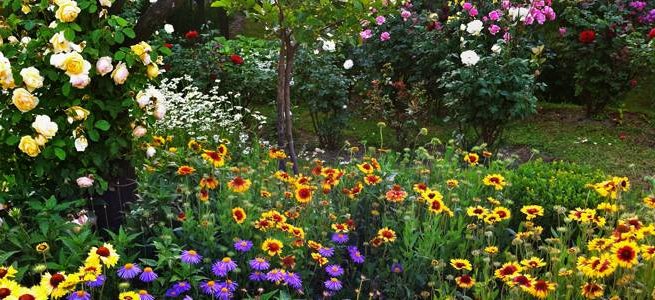Sustainable landscaping
Have you ever thought that your garden should also protect the environment? Although some people think that a garden, just because it is a garden, is integrated into the environment, but the artificiality and the hand of Man in many of them end up spoiling nature. To avoid this, we have to adapt and plan the plot in a sustainable way.


Aspects such as land use planning, public and private spaces, or any space dedicated to human use can be improved for the benefit of nature. As the Chinese writer Lin Yutang said: "Half of the beauty depends on the landscape and the other half on the man who looks at it".

The main characteristic of these landscapes is that the design is adapted to the natural environment rather than the garden being modified in favor of human needs. First, a study of the soil, climate and orientation is carried out. Then, taking these circumstances into account, the choice of the most appropriate plants is adapted to the natural environment.

Xerogardening
This procedure is done thanks to the application of a very appropriate technique, xerogardening, originating from the time when the Arabs occupied the Iberian Peninsula, which aims to maintain these gardens in a sustainable way and make them in such a way that they can maintain themselves. One of the premises promoted by this science is the planting of xerophilic species, that is, plants that increase the humidity level of the soil and need less irrigation, while adapting to the environment.

Likewise, the placement and order of planting of plant species will also be important, since it is necessary to ensure that they consume less water and take advantage of maximum sunlight. The impulse of the natural development of the space itself is the ultimate goal of this ecological landscaping. With the passage of time, these sustainable gardens increase in value, need less care, are preserved and evolve on their own: without irrigation or pruning.

The implementation of an ecological lawn that consumes five times less water is also a good solution to achieve significant water savings. Recreating a natural meadow is the best example of sustainable landscaping. The key is to mix one or two grasses. In addition, it is not advisable to remove flowering herbs because they are considered weeds. The beauty of these sustainable gardens lies in the charm of nature in its freest and most exuberant state.




